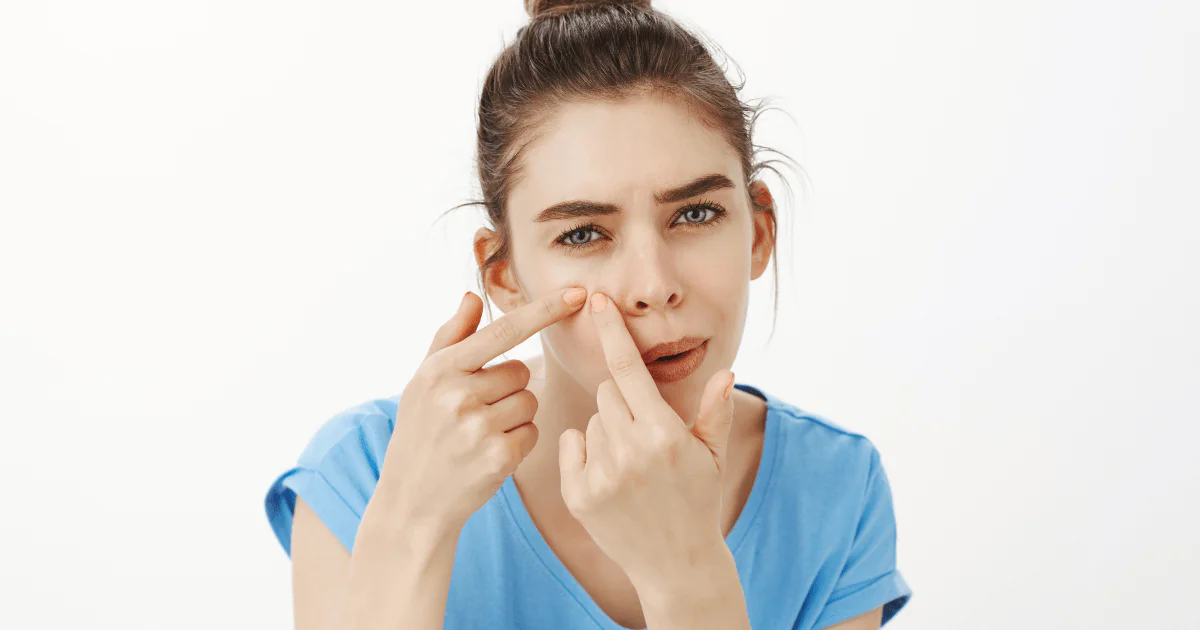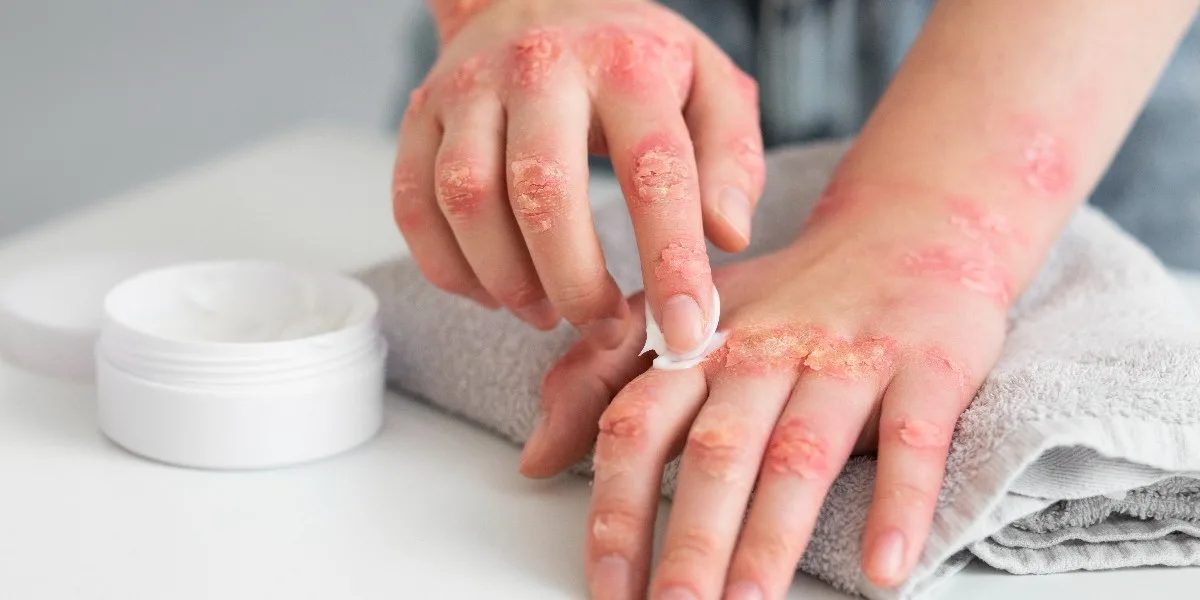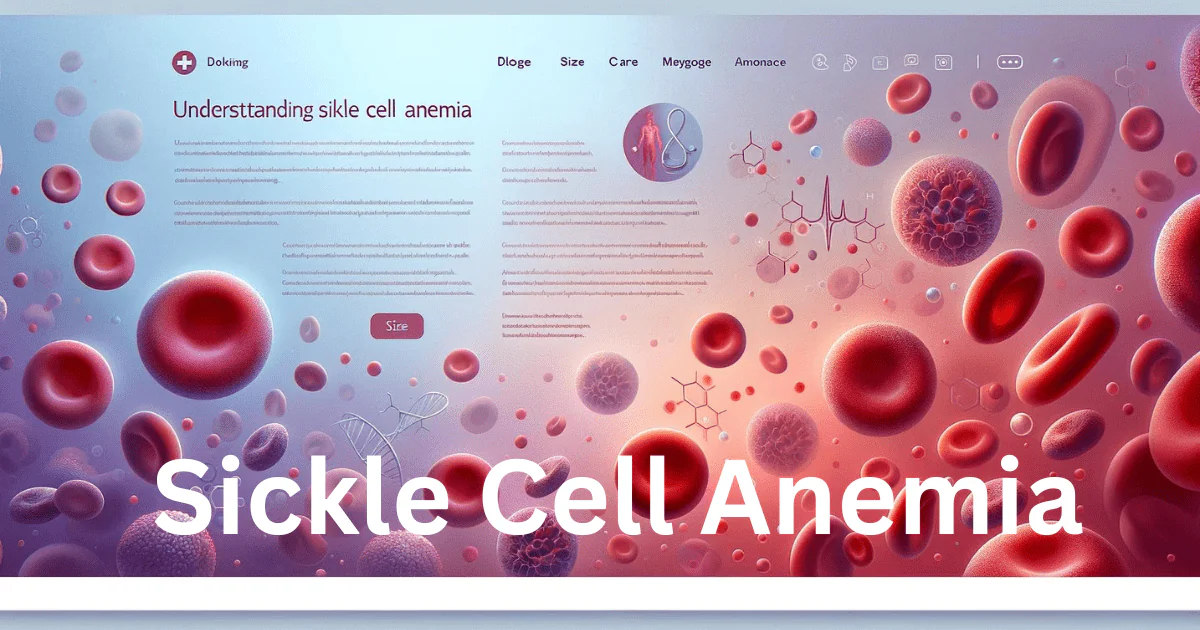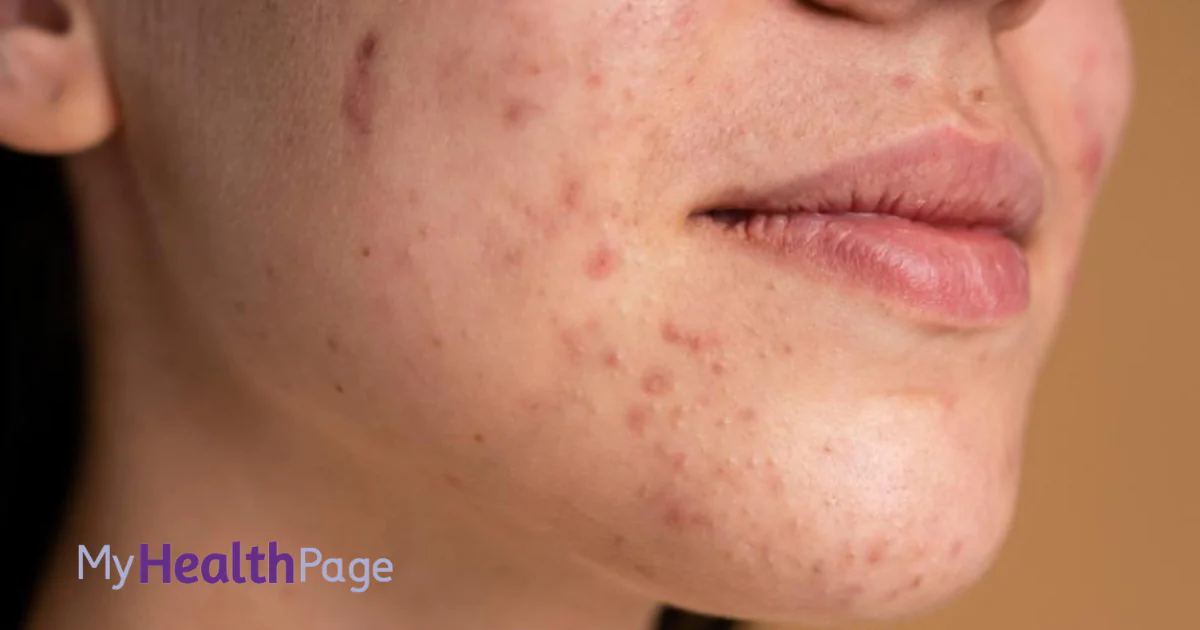In a country where nearly 50% of the youth battle with some form of skin condition, blackheads stand out as a particularly pervasive yet often misunderstood issue. Despite their commonality, the myths surrounding their cause and cure are as widespread as the condition itself. This article aims to demystify blackheads, offering a clear, concise education on their nature, causes, symptoms, and management, specifically tailored for those who want to understand this more.
Definition & Overview
Nature of Blackheads
Blackheads, scientifically known as open comedones, are small, dark lesions that appear on the skin due to clogged hair follicles. They are a mild form of acne manifesting as black or dark-colored spots on the skin, primarily on the face, nose, chest, and back. Unlike whiteheads, which are closed and trapped under the skin’s surface, blackheads are open at the surface, which leads to the black appearance due to the oxidation of melanin, the pigment that gives skin its color.
Causes
The primary cause of blackheads is the accumulation of excess oil (sebum) and dead skin cells in the hair follicles. This accumulation becomes a breeding ground for acne-causing bacteria, leading to inflammation and the development of blackheads. Factors contributing to this excess oil production include hormonal changes (particularly during puberty, menstruation, and pregnancy), certain medications (like corticosteroids), and the use of comedogenic (pore-blocking) skincare products.
Symptoms
Blackheads are characterized by small, dark spots on the skin, often feeling slightly raised to the touch. Unlike other forms of acne, they are not painful because they are not inflamed like pimples or cysts. They can appear singly or in clusters, predominantly on the face, especially the nose and forehead, as well as other parts of the body like the back, chest, neck, and arms.
Risk Factors & Prevention
Risk Factors
The risk of developing blackheads increases with factors such as genetic predisposition, hormonal imbalances, excessive skin oiliness, and the use of improper skincare products. Environmental factors, such as high humidity and pollution, can also exacerbate the condition, as they can lead to the accumulation of sweat and dirt on the skin, further clogging pores.
Prevention Methods
Preventing blackheads involves a combination of proper skincare and lifestyle adjustments:
- Regular Cleansing: Use a gentle, non-comedogenic cleanser twice a day to remove excess oil and dead skin cells.
- Exfoliation: Incorporate a mild exfoliant into your skincare routine to help unclog pores. Chemical exfoliants like salicylic acid are particularly effective against blackheads.
- Avoid Heavy Makeup: Minimize the use of heavy, oil-based makeup products that can clog pores. Opt for non-comedogenic, water-based products instead.
- Healthy Diet: Consume a balanced diet rich in fruits, vegetables, and whole grains to help reduce oil production and support skin health.
- Stay Hydrated: Drinking plenty of water helps to maintain the skin’s hydration and can reduce oiliness.
Implementing these preventive measures can significantly reduce the risk of developing blackheads and maintain healthy, clear skin.
Diagnosis & Treatment
Diagnosis Process
The diagnosis of blackheads and other forms of acne primarily involves a visual inspection by a dermatologist. The specialist examines the skin to identify the type of lesions present and may inquire about the patient’s skincare routine, diet, and any medications to understand potential contributing factors. In most cases, blackheads can be diagnosed without the need for complex tests. However, if the skin condition is severe or resistant to standard treatments, further investigation may be warranted to rule out underlying health issues.
Treatment Options
Treatment for blackheads focuses on removing existing lesions and preventing the formation of new ones. Options include:
Topical Treatments: Over-the-counter (OTC) products containing salicylic acid, benzoyl peroxide, or retinoids can help unclog pores and reduce blackheads. These products promote cell turnover and prevent the plugging of the hair follicles.
Manual Removal: Dermatologists may perform manual removal of blackheads using a special tool called a comedone extractor. This procedure should be done by professionals to avoid skin damage.
Prescription Medications: For persistent cases, prescription-strength retinoids or topical antibiotics may be recommended to manage excessive oil production and bacterial growth.
Professional Procedures: Treatments such as chemical peels, microdermabrasion, and laser therapy can be effective in removing blackheads and improving skin texture. These procedures should be performed by qualified skincare professionals.
It’s crucial to consult with a dermatologist before starting any treatment to ensure it’s suitable for your skin type and condition.
Complications & Management
Potential Complications
If left untreated, blackheads can lead to more severe acne forms, such as pimples, pustules, or cysts. Additionally, improper removal techniques can result in skin irritation, infections, and scarring.
Management Strategies
To manage complications, follow these guidelines:
Avoid Squeezing or Popping: This can push bacteria deeper into the skin and cause infections or scarring.
Seek Professional Advice: If over-the-counter treatments are ineffective, consult a dermatologist for personalized treatment options.
Follow a Skincare Regimen: Adhere to a skincare routine recommended by your dermatologist, tailored to your skin’s needs.
Also read:Cystic Acne: A Complete Guide
Myths & Misconceptions
Several myths surround blackheads, leading to ineffective or harmful practices. Some common misconceptions include:
Myth: Blackheads are caused by dirt. Blackheads result from the oxidation of sebum and dead skin cells, not dirt.
Myth: Scrubbing your skin hard will remove blackheads. Over-scrubbing can irritate the skin and exacerbate the condition.
Myth: Blackheads can be permanently removed. While treatments can effectively reduce and manage blackheads, they can reoccur due to various factors like hormonal fluctuations.
Lifestyle & Management Tips
Managing blackheads extends beyond topical treatments to include lifestyle adjustments that promote overall skin health:
Diet: Incorporate foods rich in omega-3 fatty acids, antioxidants, and vitamins to support skin health. Avoid excessive dairy and sugary foods that may trigger oil production.
Exercise: Regular physical activity can improve circulation and help reduce stress levels, indirectly benefiting skin health.
Stress Management: High stress can trigger hormonal changes that increase oil production. Techniques such as yoga, meditation, and adequate sleep can help manage stress.
Final words by MyHealthPage
Understanding blackheads is the first step toward effective management. By distinguishing facts from myths and adopting a comprehensive skincare and lifestyle approach, individuals can significantly improve their skin’s condition. However, it’s essential to consult healthcare professionals for personalized advice and treatment plans, as they can offer solutions tailored to individual skin types and concerns. Remember, a proactive and informed approach to skincare is key to managing blackheads and achieving clear, healthy skin.
Image credit :Image by cookie_studio on Freepik









